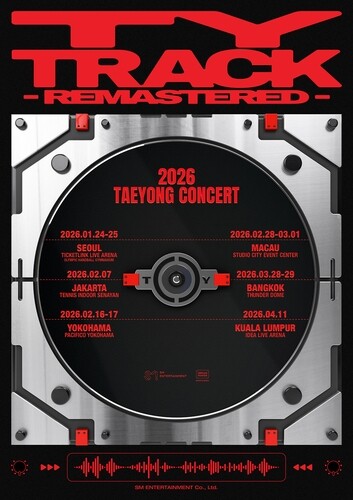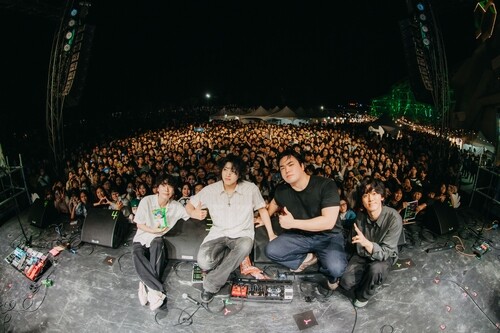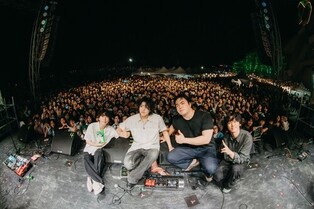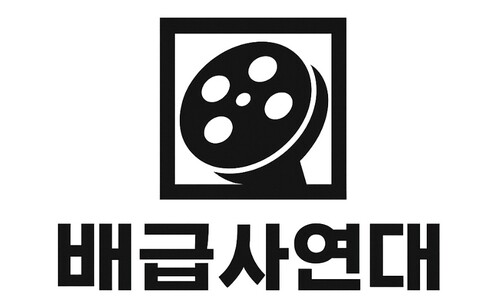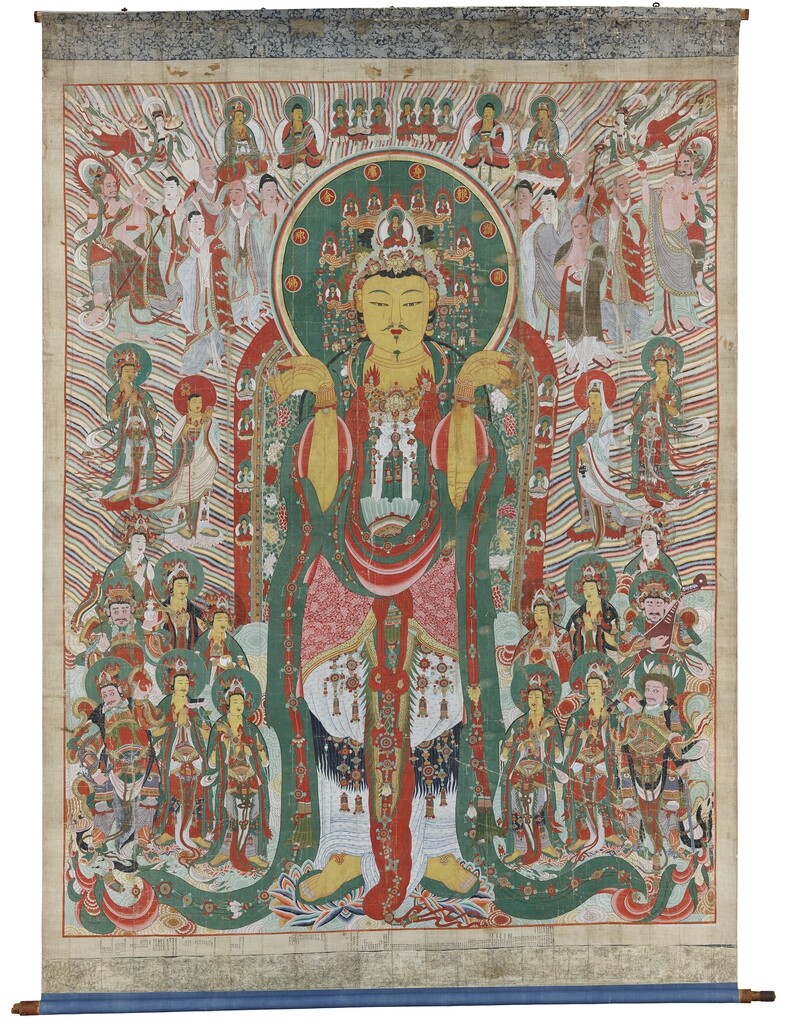 |
| ▲ This photo, provided by the National Museum of Korea, shows the Yesan Sudeoksa Gwaebul, a 17th-century hanging scroll featuring Rocana Buddha. (PHOTO NOT FOR SALE) (Yonhap) |
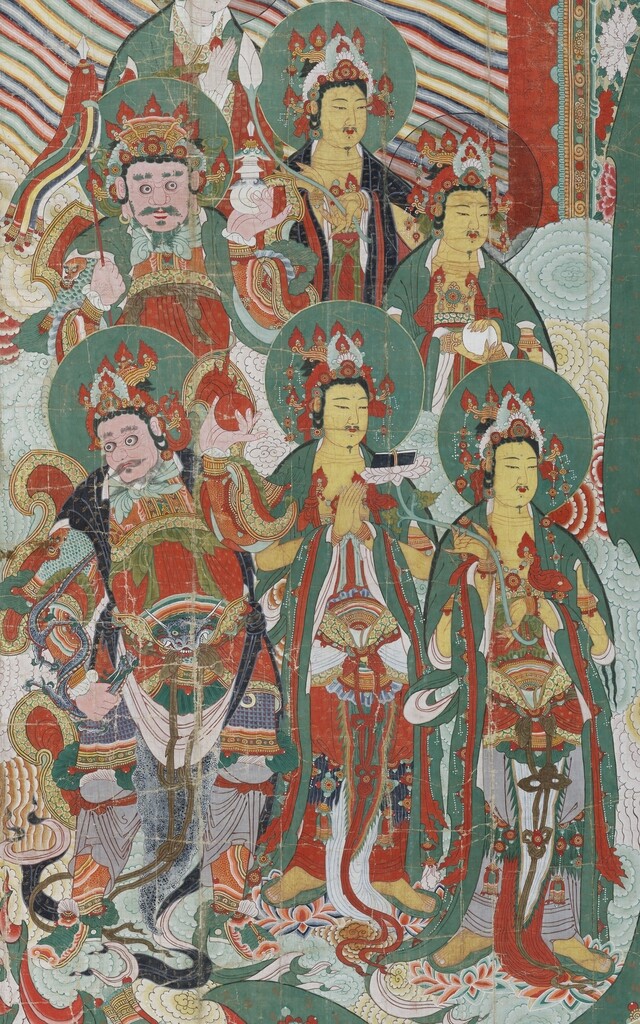 |
| ▲ This photo, provided by the National Museum of Korea, shows a part of the Yesan Sudeoksa Gwaebul, a 17th-century hanging scroll featuring Rocana Buddha. (PHOTO NOT FOR SALE) (Yonhap) |
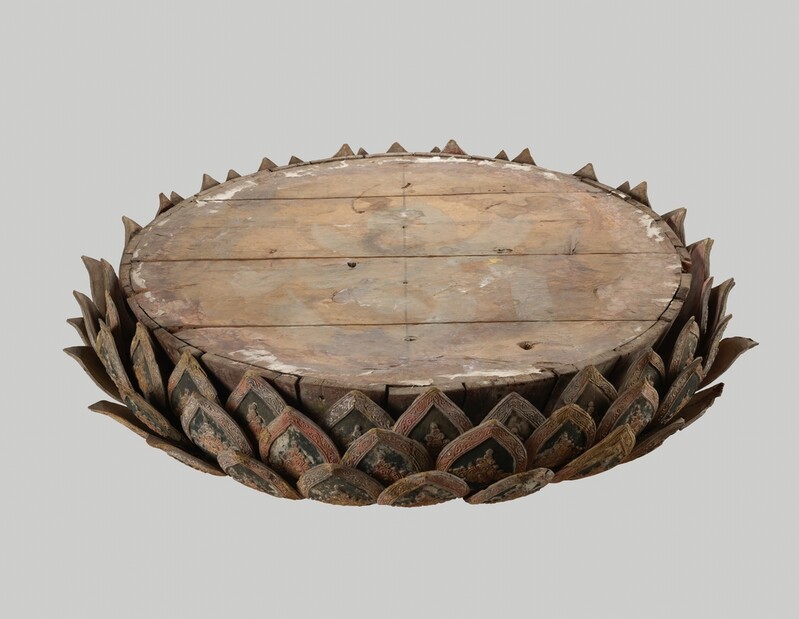 |
| ▲ This photo, provided by the National Museum of Korea, shows the Mokjoyeonhwadwaeja, or the wooden lotus pedestal. (PHOTO NOT FOR SALE) (Yonhap) |
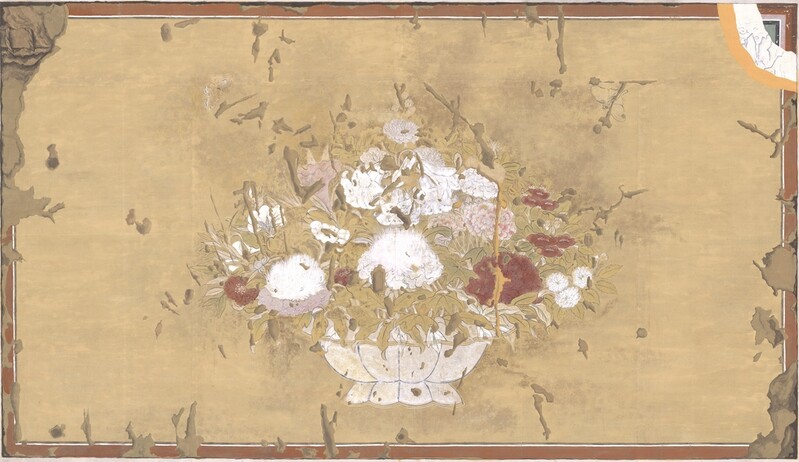 |
| ▲ This photo, provided by the National Museum of Korea, shows Mural Painting at Sudeoksa Daeungjeon. (PHOTO NOT FOR SALE) (Yonhap) |
SEOUL, Apr. 12 (Yonhap) -- Along with the 17th-century hanging scroll featuring Rocana Buddha, also known as "Gwaebul" which was made in the Joseon Dynasty and is currently owned by the Sudeoksa Temple, Yesan, South Chungcheong Province, the "Mokjoyeonhwadwaeja" or the wooden lotus pedestal from the Goryeo Dynasty will be exhibited on The National Museum of Korea in celebration of the Buddha's Birthday in May. Both of these relics are South Korea's designated treasures.
The National Museum of Korea announced on the 11th that the special exhibit, "Feast of light- Yesan Sudeoksa Gwaebultang" which will display the Gwaebultang along with other related relics will open on the 13th at the gallery of the Buddhist paintings on the second floor of the museum.
From 2006, after the National Museum of Korea moved to Yongsan, they have been showing different Gwaebuls every year. Gwaebul are used for outdoor Buddhist activities, and is one of the representative Buddhist cultural heritage of the Joseon Dynasty. As much as it is around 10m tall, it is hard to display it in a museum.
In fact, the Sudeoksa Gwaebul measures up to a height of 10.7m, a width of 7.4m with a weight of 150kg without a frame and 380kg with a frame.
The Buddhist painting created in 1673 was created by 4 Buddhist painters including Eungyeol, a Buddhist Monk. It is also told that Eungyeol had a leading role in making the "Sinwonsa Nosanabul Gwaebultang," another national treasure of Korea.
Like the Sinwonsa Gwaebul, the Sudeoksa Gwaebul was also focused on Nosanabul, who became a Buddha after accumulating good deeds through a long training process.
"The mysterious light emitted by Buddha shows the transcendent power of Buddha," said Yoo Su-ran, the curator of the National Museum of Korea. "Along with the Buddha, it also expresses the Bodhisattvas who devote themselves to enlightenment in various ways."
The curator continued, "Even if one is unfamiliar with Buddha or Buddhism, one will be able to feel the greatness and the thrill as they encounter Gwaebul."
In Hwagi, the inscriptions of the Buddhist paintings, 114 names of those who participated the Buddhist event and the process is recorded.
The wooden lotus pedestal (Mokjoyeonhwadwaeja), is estimated to have been made in the 14th century and is known to be the only work of the same type that has survived from the Goryeo period. The pedestal is going out of the temple for the first time for the exhibition. "Yeonhwa" is translated to the lotus patterns and "Dwaeja" is translated to a pedestal placing the Buddha image.
As for the size, it has a diameter of 124.3cm and a height of 24.7cm. It is characterized by the lotus petals looking three-dimensional as they cut the wood along with the surface of the petals that are decorated with golden lines and patterns.
The result of the investigation confirmed that the main body of the pedestal was made by connecting several wooden boards while the lotus petals were separately carved and fixed to the main body.
"In the Mahavira Hall of the Sudeoksa Temple, built in 1308, there was a Sumi-dan expressing Mount Meru which is considered to be the centre of the spiritual universe of Buddhism realistically with three dimensions. On top of that was the wooden lotus pedestal" curator Yoo said. "Although there have been some repairs, one will be able to see the original shape of the wooden pedestal from the Goryeo Dynasty."
In the exhibition that continues until the 16th of October, one will be able to see the the "Mural Painting at Sudeoksa Daeungjeon" which depicts peonies, lilies and lotuses. The Mural painting also shows cock's comb, a flower that appears several times in the poems of the Yi Gyubo, a poet during the Goryeo Dynasty.
(This article is translated from Korean to English by Haemin Kim.)
(END)
(C) Yonhap News Agency. All Rights Reserved



















![[풀영상] 디즈니+ '메이드 인 코리아' 제작발표회|현빈 Hyunbin·정우성 Jung Woosung·우도환·서은수·원지안·정성일·강길우·노재원·박용우|Made In Korea](/news/data/20251215/p179554206856695_165_h.jpg)




